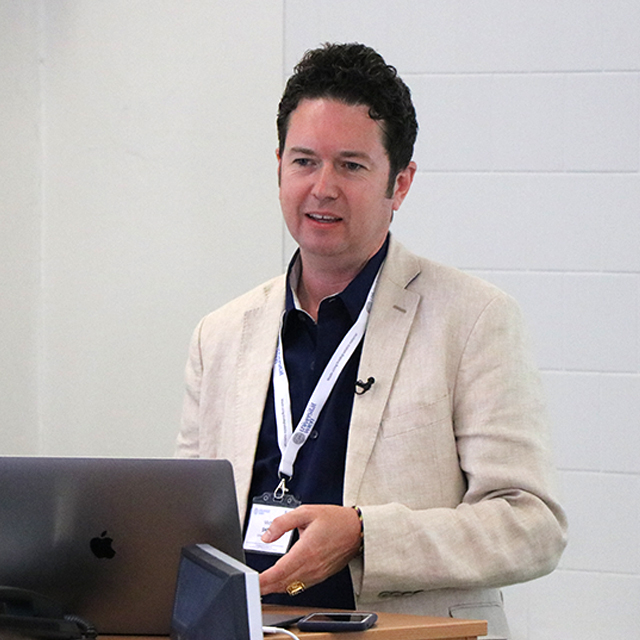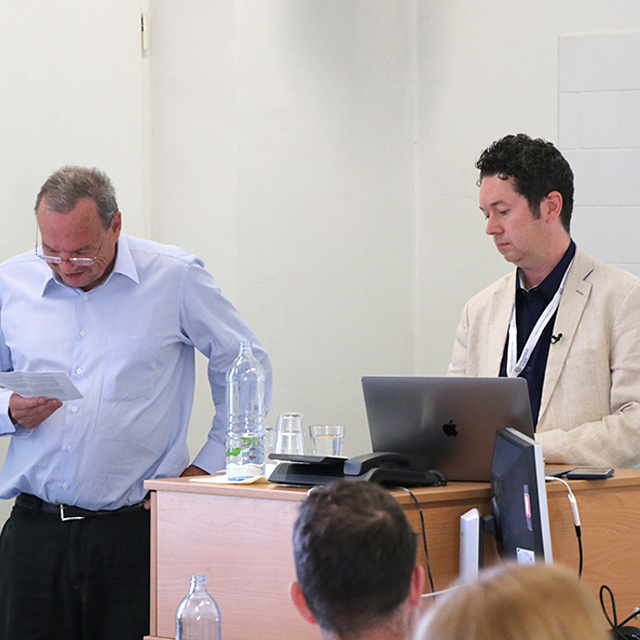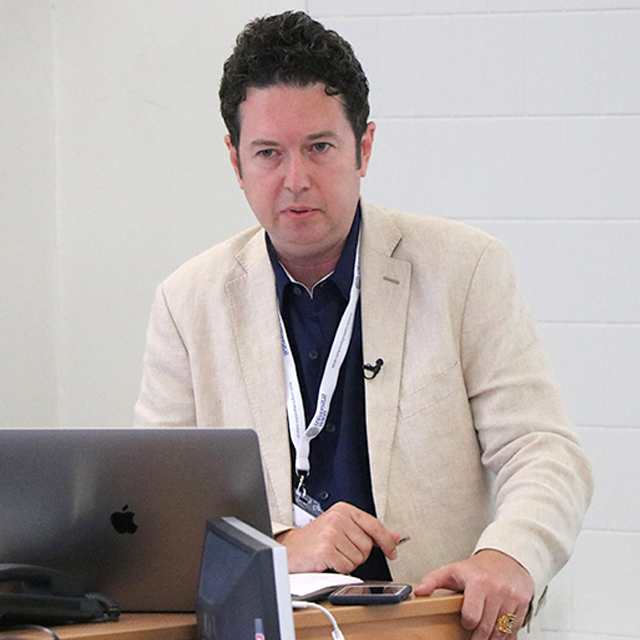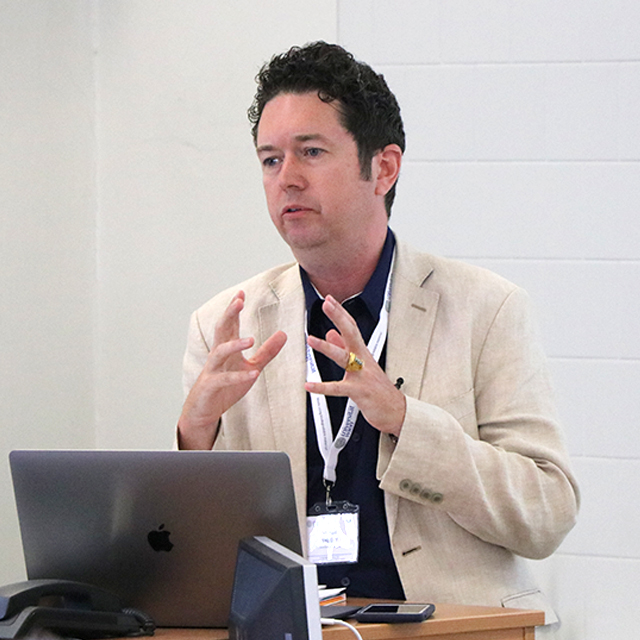Tantric Zhentong Visions of Tathāgatagarbha in Tibetan Kālacakra Yoga Manuals
This paper investigates the concept of śūnyatā-bimba (stong gzugs), “images of emptiness” or expressions of emptiness in the Kālacakra Tantra, and gives attention to how this phenomenon was interpreted by the Tibetan Kālacakra master Dol po pa Shes rab rgyal mtshan (1292-1361) and his immediate disciples to be direct expressions of tathāgatagarbha. We are interested in the tantric epistemology of these “images of emptiness,” textual connections to tathāgatagarbha, and correlative contemplative experiences that are described within Tibetan meditation manuals on the Kālacakra sixfold yoga. As we find in Dol po pa’s writings, as well as by later Jonang authors, these expressions of tathāgatagarbha are observable and experiential, and come about through the careful execution of the yogic procedures explicated in the vajrayoga practice of the Kālacakra. We explore the process of how these expressions are said to be experienced through the precise process of withdrawing one’s sense faculties from mundane stimuli, hence rescinding one’s involvement with objectification through a threefold practice of isolating the body, voice, and mind (dben pa gsum), and how this results in the philosophical and contemplative visions of tantric zhentong (sngags gi gzhan stong). To contextualize Dol po pa’s claims, we analyze passages from early meditation procedural manuals on the sixfold yoga practices composed by two of his closest disciples, Phyogs las rnam rgyal (1306-1386) and Lo tsā ba Blo gros dpal (1313-1391), interlinear commentarial writings on the Kālacakra Tantra, prescriptive guidebooks about remedying blockages to meditative realization, and autobiographical accounts of yogins to better understand the phenomenon of these expressions of tathāgatagarbha and their categorical construction as contemplative experience within Tibetan literature. In so doing, we analyze Buddhist doctrinal relationships of emptiness and tathāgatagarbha, and probe the epistemological nature of these expressions to be nature-born experiences, external referents, visionary “images of buddhas,” and/or intentional objects of meditation.
Event: Vienna Symposium 2019 – Paper Presentation
Date: July 19, 2019 – 11:00 am
Speaker: Michael Sheehy
Topics: Buddha Nature, Kālacakra, Shentong, Tantra

Michael Sheehy
University of Virginia
Michael R. Sheehy, Ph.D., is the Director of Scholarship at the Contemplative Sciences Center and Research Assistant Professor in the Department of Religious Studies at the University of Virginia. His work gives attention to the cultural history of marginalized traditions of Tibetan Buddhism, the thought and literature of contemplative traditions in Tibet, and contributions of Buddhism to discourses in the cognitive sciences and cultural psychology. He is co-editor with Klaus-Dieter Mathes of The Other Emptiness: Rethinking the Zhentong Buddhist Discourse in Tibet (SUNY 2019).




